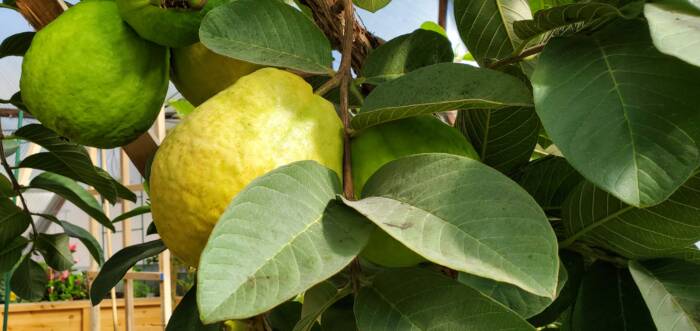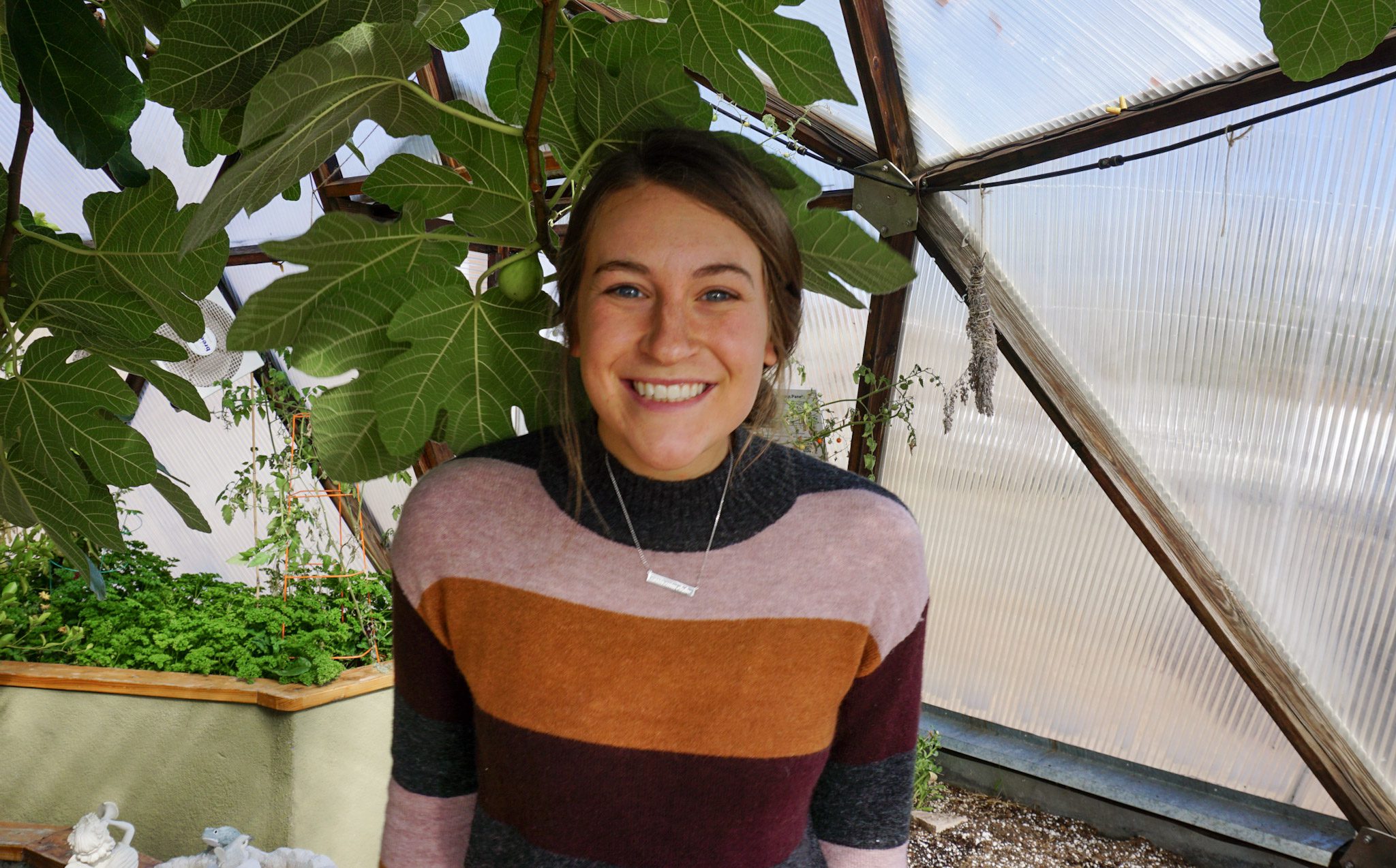
Skip to: Guava jam ingredients and directions. Other FAQs: What is Guava Jam Good for? What is the difference between Guava Jam and Guava Jelly? How long will the guava jam stay good for? How to grow guavas?
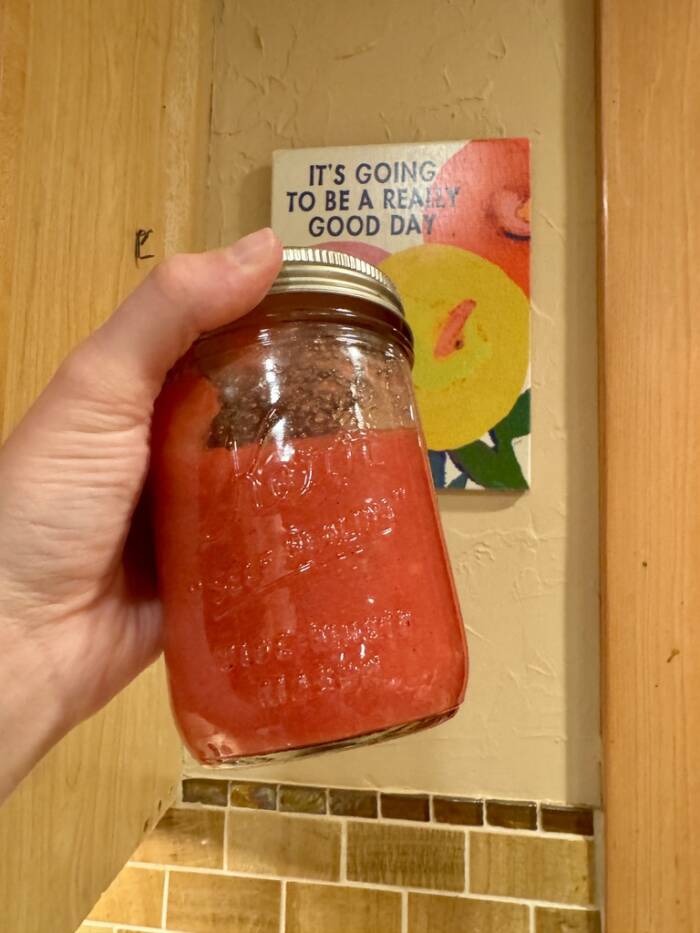
One of the fun parts of being a Growing Dome owner is the ability to grow tropical plants in non-tropical growing zones. At Growing Spaces, we are constantly planting and trying new things. By far, one of our greatest successes has been harvesting pink guavas from our 26’ Growing Dome in Golden Colorado. We tried a few guava recipes, but guava jam was the most universal and delicious.
What Does Guava Jam Taste Like?
Guava jam has a sweet, tropical, and slightly musky flavor. In this recipe, we used vanilla bean paste in the jam, which gives it more of a mellow flavor. You can also change it up and use lime juice if you want more of a tangy jam. Simply swap the vanilla bean for one teaspoon of lime juice and some zest.

What is Guava Jam Good for?
- Slather it on your morning toast or muffins for a delightful start to your day.
- Incorporate it into yogurt, overnight oats, or morning smoothies for a tropical twist.
- Create wholesome guava jam bars for a nutritious and satisfying snack.
- Indulge in our favorite way: sipping on guava margaritas, a refreshing and fruity cocktail.
- Homemade guava jam is an excellent choice for food gifts during the holidays or any special occasion.
What is the difference between Guava Jam and Guava Jelly?
Guava jam has a chunkier texture with visible fruit pieces, created by cooking guava fruit along with sugar and sometimes pectin. It offers a more pronounced guava flavor. On the other hand, guava jelly has a smoother, translucent texture, made by straining guava juice to remove any pulp before combining it with sugar and pectin. Guava jelly tends to be sweeter and lacks the textured fruit pieces found in guava jam. Your choice between the two depends on your preference for texture and flavor.
Guava Jam Ingredients:
The best part about this recipe is that it is scalable. Whether you have one guava to enjoy soon or many guavas to can and preserve for later, it will work for you.
- Fresh Guava: We used pink or “strawberry” guavas, but yellow guavas are also a suitable choice.
- Sugar: Use 1 cup of sugar for every two cups of fruit
- Liquid Pectin: Use 1 tablespoon of liquid pectin for each cup of fruit.
- 1 vanilla bean or ½ teaspoon vanilla bean paste per two cups of fruit
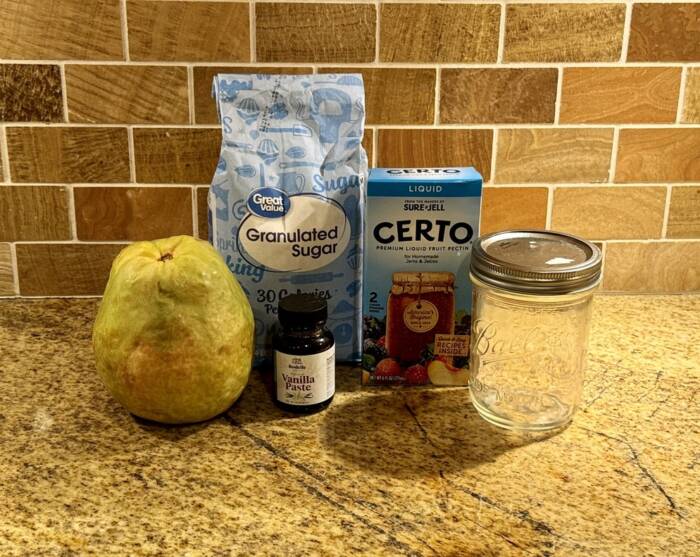
Directions:
Water canning is only necessary for this recipe if you are making a lot of guava jam and want to preserve it for later. We split the guavas between employees. They are a hot commodity, and with our guava tree being so young, we rarely have extras. We only used one guava when making this jam and enjoyed it immediately. If you are going to enjoy your jam right away, You can skip directly to our instructions on preparing the guavas and cooking the guava jam.
Preparing the Canning Jars:
Before you begin making the jam, thoroughly clean your canning jars and lids with hot soapy water. We recommend using Ball or Kerr canning jars. Ensure that your lids and seals are new, as it’s essential for safe water-can processing. (Please note that sterilization isn’t necessary when canning food that will undergo boiling water bath processing for at least 10 minutes or pressure canning.)
Preparing the Guavas:
- Start by peeling the guavas using a sharp vegetable peeler. Slice them in half crosswise, and using either a spoon or melon baller, remove the seeds from the fruit’s center. Don’t discard the pulp and seeds; you can set them aside for making a simple syrup for cocktails.
- Roughly chop the guava fruit and transfer it to a food processor or blender. Pulse the fruit several times until it reaches your preferred consistency for the jam. We prefer a slightly chunky texture, but you can process it further for a smoother result.
- Measure the guava puree in a glass measuring cup to determine the quantity of fruit you have. Prepare half as much sugar as the guava puree’s volume. For instance, if you have 4 cups of puree, you’ll need 2 cups of sugar.
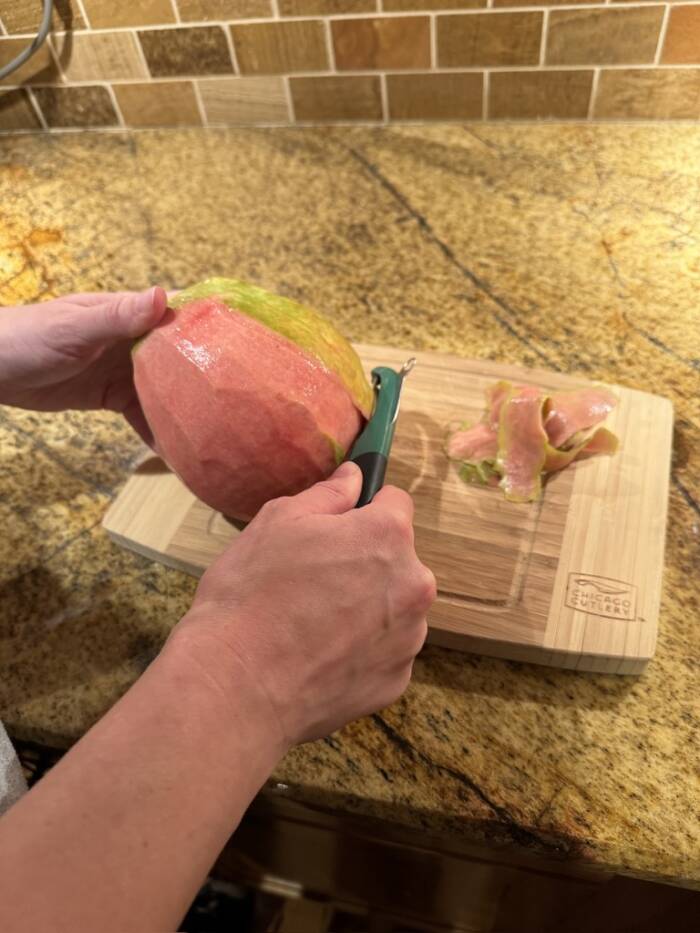
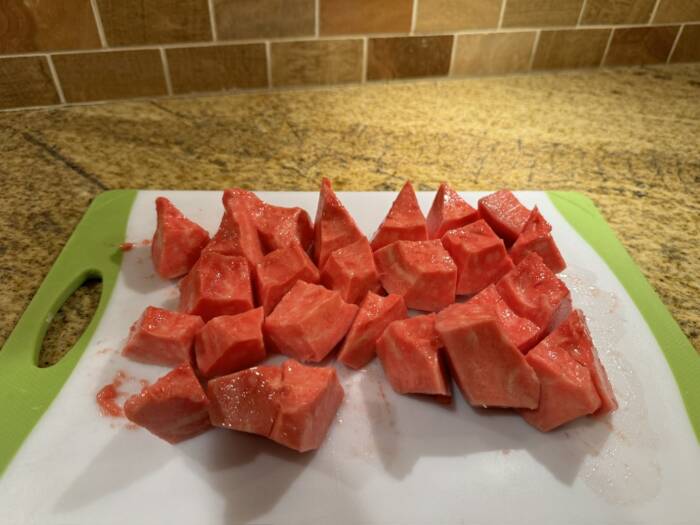
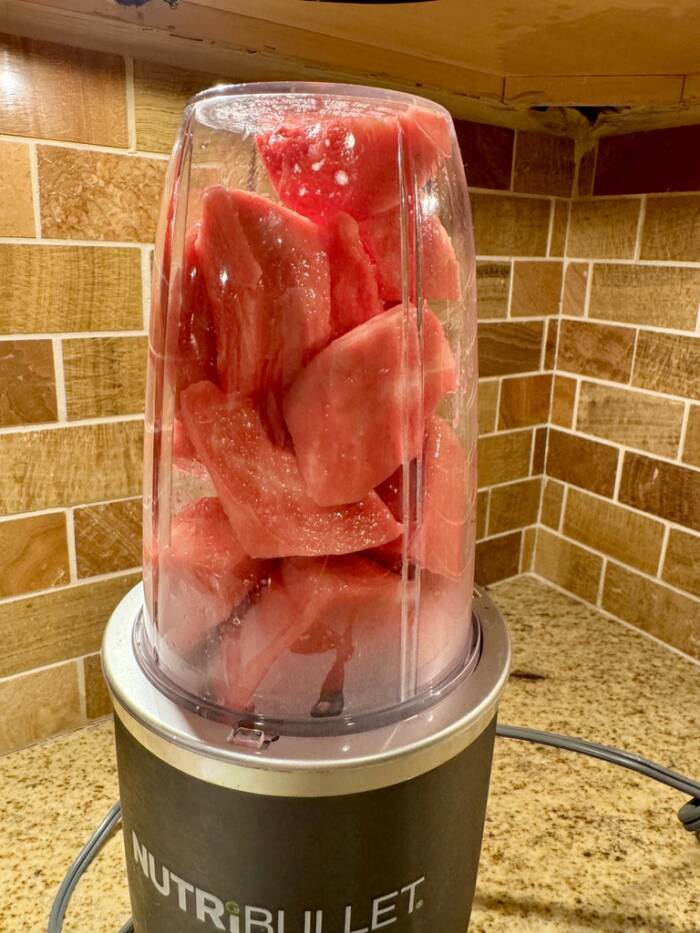
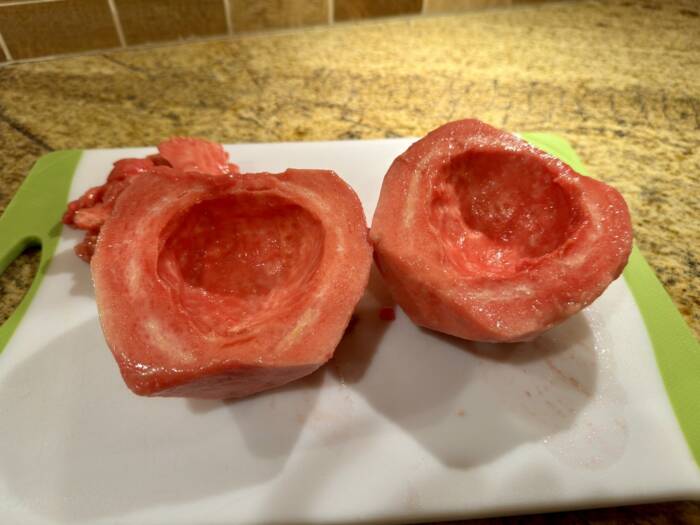
Preparing the Canning Pot:
In your canning or stock pot, position a low canning rack at the bottom. Fill the pot with enough hot water to cover the jars by 2 inches. Place a lid on the pot and heat it until the water reaches a boiling point. While the water heats up, you can begin making the jam.
Cooking the Guava Jam:
- In a large non-reactive saucepan, combine the guava puree and sugar.
- Heat the mixture over medium-high heat, stirring regularly until it comes to a boil.
- Add one tablespoon of liquid pectin for every cup of fruit.
- Allow the guava jam to simmer gently for 10-20 minutes or until it thickens to your desired consistency.
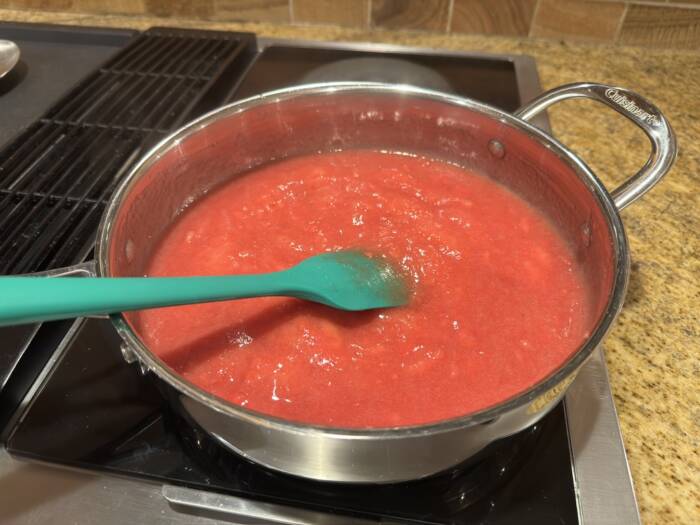
(Note: If you’re not planning to water-can the jam, you can transfer the cooked jam to an airtight container and store it in the refrigerator. The fresh jam will remain delicious for up to two weeks.)
Filling the Jars:
- Position a canning funnel over the mouth of each canning jar and carefully ladle the guava jam into the funnel.
- Fill each jar, leaving approximately ½ inch of headspace at the top.
- Secure each jar with a flat lid (the seal covering the mouth of the jar) and screw on the lid until it reaches fingertip tightness.
Water Canning:
- Use your canning tongs to transfer the jars filled with guava jam to the wire rack resting in the water bath.
- Bring the water to a boil and process the jars for 10 minutes. Then, turn off the heat and let them rest in the bath for 5 minutes.
- Carefully lift the jars from the water using your canning tongs and place them on a work surface lined with a clean dish towel. This helps prevent breakage due to temperature shock.
Within a few minutes, you’ll hear a satisfying “plunk sound” from each jar, indicating successful processing and vacuum sealing.
Allow the guava jam to cool to room temperature and rest on your countertop overnight. Once settled, tighten the screw-on lids and store the jars in a cool, dark pantry.
More FAQs
How long will the guava jam stay good for?
Water-canned jam, when prepared and sealed properly, can last for about 1 to 2 years in your pantry. However, after opening, it should be refrigerated and used within 1 to 3 months for the best quality and taste. If you don’t can your jam, it will stay good for about two weeks in the fridge.
How to grow guavas?
To grow guavas, you’ll need a warm, protected growing environment, well-draining soil, and regular watering to keep the soil consistently moist. We recommend reviewing our article How to Grow Guavas in a Growing Dome to learn more about creating an ideal growing environment and what makes these tropical fruits thrive.
